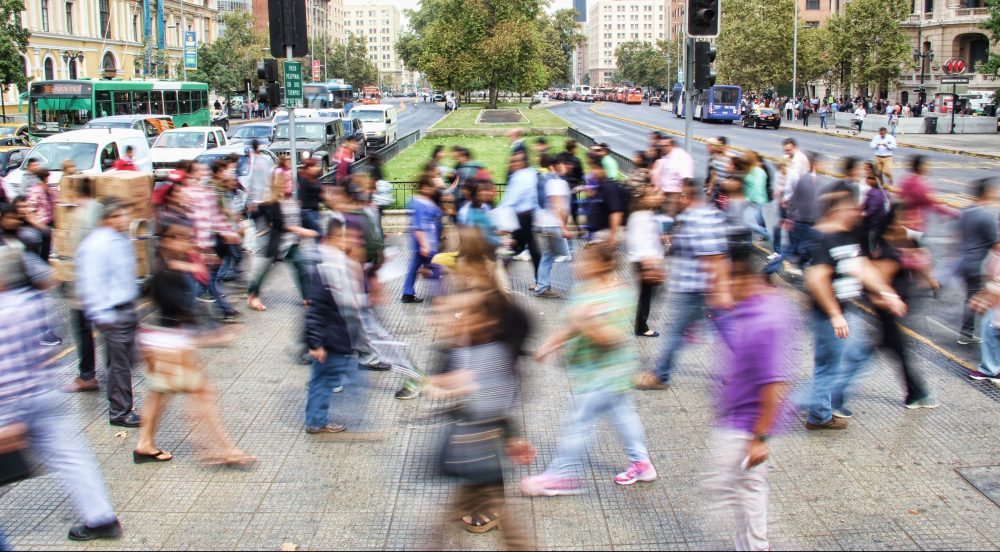When I was in graduate school pursuing my masters in Computer Science, I had a professor that used to say, and I am paraphrasing, “Good computer scientists create good ideas; great computer scientists know how to reuse good ideas.” The strategy and tactic that I have for an on-the-ground “community sourcing” solution to the challenges that have been presented to cities by the roll-back of the Obama-era net neutrality rules is an example of reusing and repurposing a very good idea.
I believe wholeheartedly that the solution to the challenges that this roll-back poses is not JUST to legislate and regulate. Let’s face it, if regulation was the true solution to this problem, we wouldn’t be in the situation we are in now.
I won’t go into a full political science lecture on the legislative vs executive branch or sing everyone’s favorite song about a bill from School House Rock, but no matter how just or helpful the regulations were back in 2014 when then-President Obama implemented the Net Neutrality rules in the FCC, they were always susceptible to change in a new Administration. That is the power of our democracy.
But, you know what else is a cornerstone of the power of our democracy? Civic participation and community engagement. Let’s discuss how the community engagement will be the mechanism that can ensure Net Neutrality in perpetuity.
I will start with a discussion of a prevalent problem in NYC and how a group of civic technologists and community-focused advocates started a company called HeatSeek that deploys a solution for a persistent and seemingly intractable problem. 311 data is publicly available in New York through Open Data, and each year over 200,000 complaints are filed. What is 311 data? It is like 911, but for non-emergencies. For most low-income people in the city, the types of issues they report can cause sickness in children as well as the elderly.
One significant issue: many tenants leave their oven on in order to keep their apartment heated and that is both a fire hazard and can as well lead to sickness. Their only recourse is to hold the landlords of their buildings responsible, but it is a long, laborious and often bureaucratic nightmare just to file a complaint to the city.
The solution offered by a group of intrepid technologists and community advocates was to develop a 3-inch-long sensor that would be installed in an apartment and transmit temperature readings to a web server tenants can monitor online. Their strategy can be broken into three parts: measure; analyze; and identify – these are followed by advocate. This solution is powerful on many fronts.
First, it empowers an individual to be able to easily and accurately track when the heat in their apartments dips to crucial levels, and immediately develops a report for them to submit a formal complaint based on irrefutable evidence. Second, it uses data from across the city in order to drive for a more permanent legislative solution. Case in point: thanks in part to the work that HeatSeek has done in gathering data from around the city, new legislation has been introduced by city council members that would install heat sensors in apartment buildings with bad track records of no heat or hot water violations.
This is a strong example of what we need to deploy nationwide, and even internationally, in order to ensure Net Neutrality is maintained throughout the globe. I believe that city residents and city leadership should partner to deploy a strategy similar to HeatSeeks but one that we will be a monitor, analyze, and protect strategy:
- Monitor – Each municipality in the country would deploy (the more deployments the stronger the analysis and federal advocacy) a tool that crowd sources data around internet speed, throttling, and bandwidth. This would serve to identify a strong baseline and a more accurate nationwide broadband access map than we have ever seen. We can then leave it up to digital and human “sensors” to identify if any internet access throttling is taking place. It is important to have a nationwide benchmark, because we can’t identify ISP influence on speed in a vacuum; it has to be based on historic temporal data and applied spatial intelligence.
- Analyze and Predict – We must define what we are looking for. I submit that we are not only looking for just throttling of broadband access in a specific location, but we must also understand context. Things like: when is this happening; to whom; in what area; for what duration and frequency. Are there other determinants such as socio-economic conditions, or future development plans in this area, or specific historical dominance by another ISP? We must get robust and accurate data in order to build a strong analysis and even a prediction engine.
- Protect – Last, and most important, we use the data and predictions to build a true case to hold ISPs accountable.
This is a model that has proven to work. Civic engagement is key to truly producing change at a policy level. However, it is only one piece of the puzzle. I believe the only way that it can scale is through the leadership and partnership of private sector, community and city government. And all three will be crucial in addressing the concerns over the repeal of Net Neutrality. I will explain more in my next blog – I hope you will keep reading!
Amen Ra Mashariki is part of the GovLoop Featured Contributor program, where we feature articles by government voices from all across the country (and world!). To see more Featured Contributor posts, click here.





Great post! Thanks for sharing!